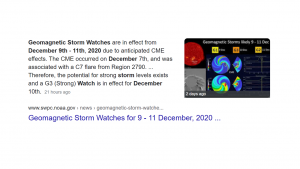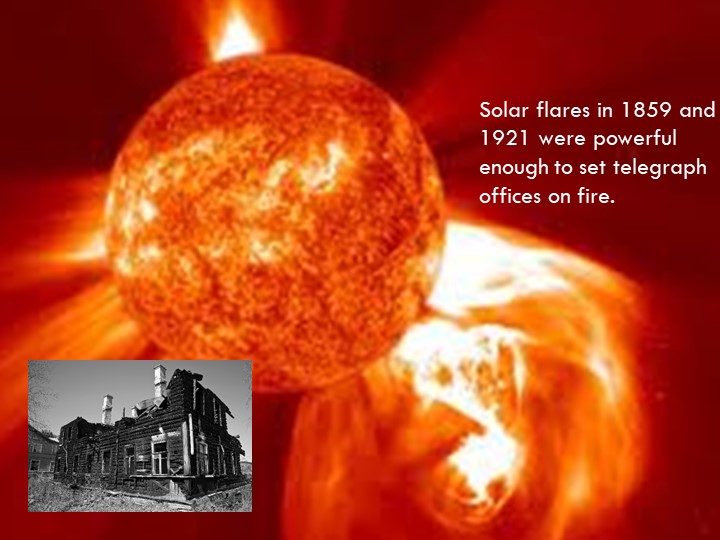Images: NASA and Shutterstock
It’s never a good idea to bet against Mother Nature. Though it looks like we might have won this time.
Solar flares have always been a threat to technology. In 1859 and 1921 flares (more correctly – coronal mass ejections, or CMEs) induced currents in telegraph wires sufficiently powerful to set some offices afire.
These kinds of events happen on the sun with ominous regularity. Fortunately for us, it takes a rare combination of events to impact the Earth and start fires. The CME has to be pointed right at us, it has to have the right composition and polarity, etcetera and so on. We had a close call in 2012 with a very powerful CME passing through a spot in Earth’s orbit just a couple days after the planet moved on. Lucky us.
Experts agree that a CME could destroy satellites or charge the ionosphere and prevent weak signals from space from getting through for days or weeks.
The United Kingdom has had CMEs on its national risk register since 2012. Electrical grid operators and government agencies in the US have been preparing for such an event for years.
So, how are we doing protecting our essential positioning, navigation, and timing services?
An eruption on the sun didn’t bring the aurora to Pennsylvania or Oregon this week, but more solar outbursts are expected soon




